
How to Use Wake Windows to Help Your Baby Sleep Better
They start on the shorter end of the range, and then increase as the day progresses. For example, your seven month old may do best with a 2.5 hour wake window before the first nap, but he may need a wake window of 3-3.5 hours before bedtime. It's also common between 7-8 months for babies to show signs it's time to drop a nap.
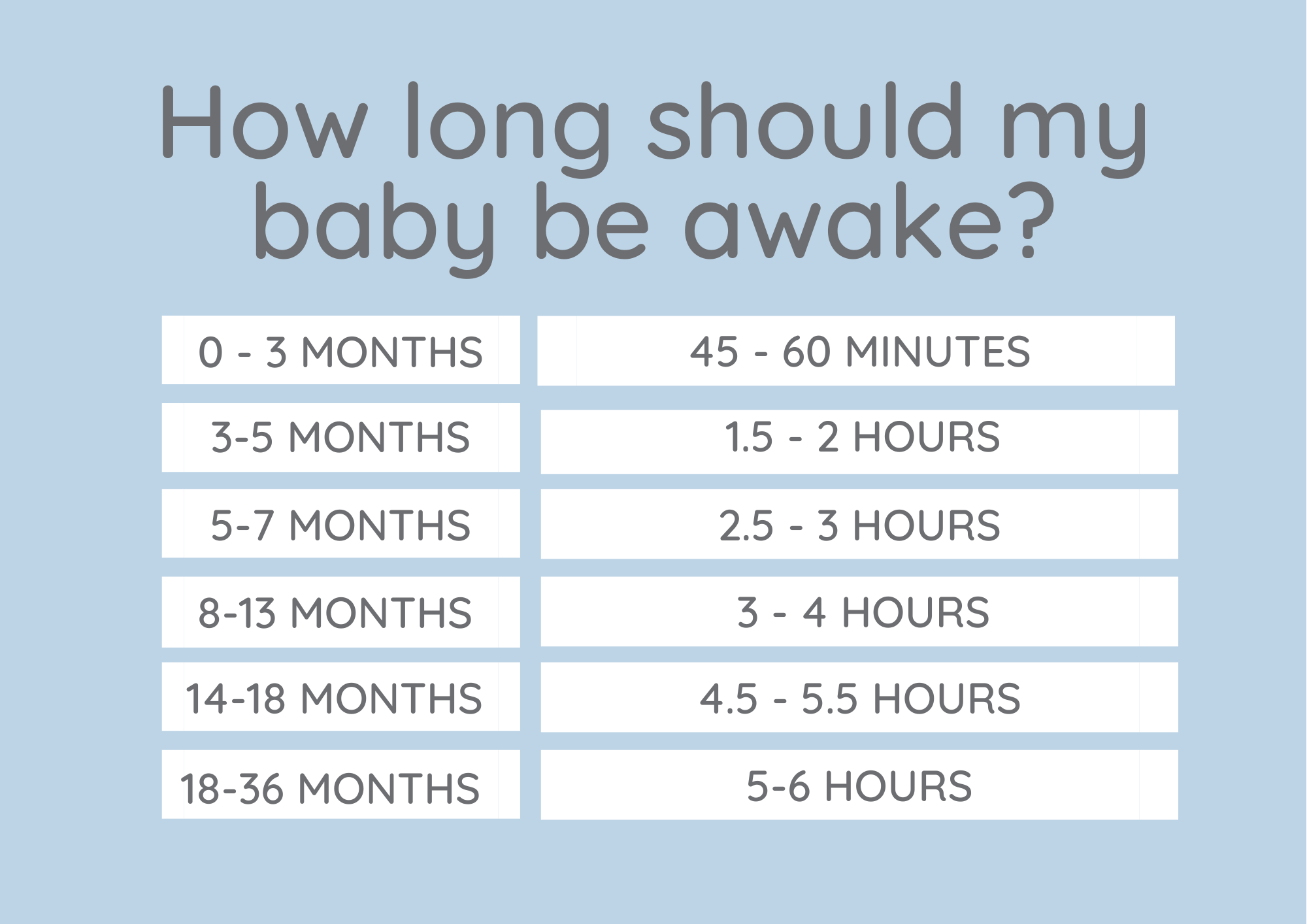
How to find your baby’s Ideal Wake Window — The Sleep Consultant
Understanding the Wake Window for a 7-Month-Old. The wake window is the duration a baby stays awake between sleep times. For a 7-month-old, this is usually between 2.5 to 3 hours: Wake-up to first nap: 2 - 2.5 hours; First nap to second nap: 2.5 - 3 hours; Second nap to bedtime: 2.5 - 3 hours; Understanding Your 7-Month-Old's Sleep Routine

My Sweet Sleeper How to follow your baby's awake windows
Wake windows start out very short and expand as your baby gets older. While no two infants are exactly alike in their sleep patterns, you can generally count on these age-based windows to tell you when your baby will start to get tired. 0-1 month: 45 minutes between naps. 1-2 months: 45 to 60 minutes between naps.

Today Parenting Baby Wake Time Chart
Think of wake windows as a helpful sleep guide: If you can anticipate that your 7-month-old will likely get tired about 2 to 4 hours after waking up from their nap, you can start looking for sleepy cues (yawning, rubbing eyes) during that time.

Wake Windows and Baby Sleep Taking Cara Babies
Taking Cara Babies Classes. 4.6719 (2908 reviews) If sleep is a struggle, my classes can help. I'll teach you all of my best tips for using wake windows to set your days up for success and work towards longer stretches of sleep at night. Choose your little one's age to get started: Newborn 0-4 months. Baby 5-24 months.
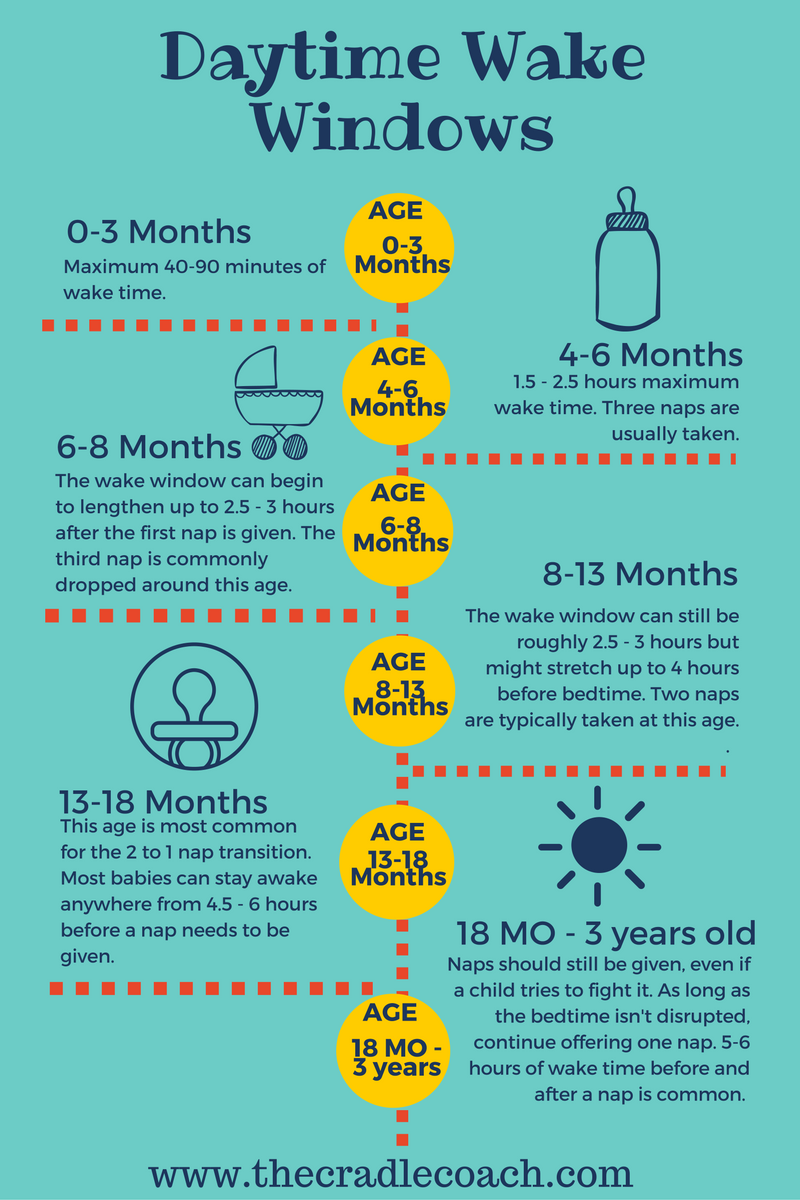
Daytime Wake Windows Pediatric Sleep Coach The Cradle Coach
A 7-month-old's wake window is between 2 hr. 15 min. - 3.5 hr. Keeping your baby awake past their wake window can lead to overtiredness, which will skew their entire sleep schedule. You can tell your baby's wake window is closing when they exhibit sleepy cues: yawning, glassy eyes, rubbing their eyes, or turning away from you..
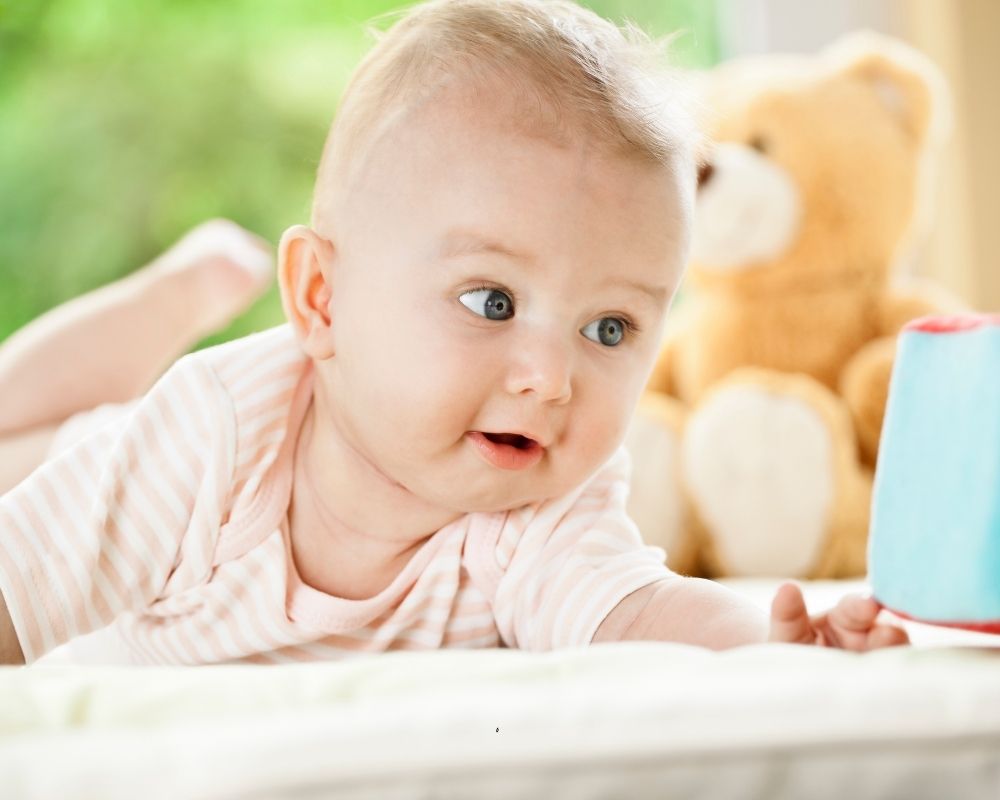
7 Month Old Wake Window + Sample Schedule
The final wake window before bedtime at 7 months old is usually approximately 2 1/2 to 3 hours. If your baby has transitioned to two naps early, this might be 3 1/2 to 4 hours but most babies this age will become overtired. Be careful about stretching this awake time too long as overtiredness can lead to frequent waking at night.

wakewindowsforbabybyage The Mummy Bubble
At 7 months old, the average wake window is between two and three hours long. Should I put my 7-month-old baby on a sleep schedule? Putting your 7-month-old baby on a sleep schedule can help them thrive. Babies love consistency, and a daily routine serves as reminder to them that they're in a secure and predictable environment.
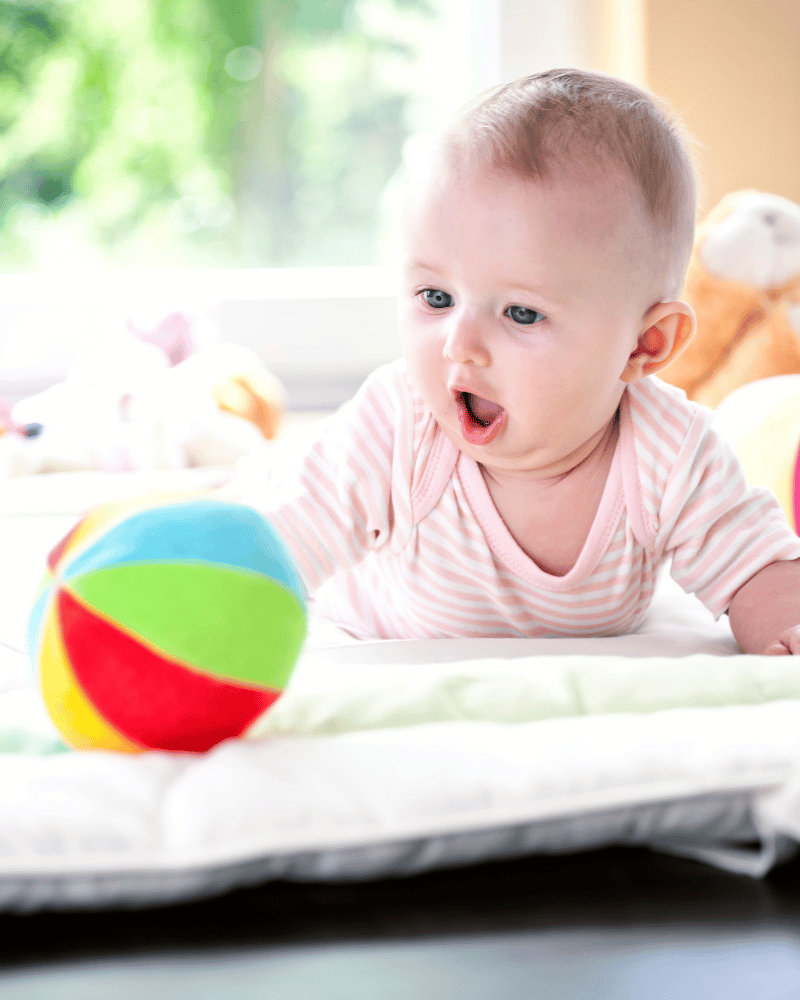
7 Month Wake Windows MyBump2Baby
Understanding 7-month-old wake windows, addressing sleep regressions, crafting an ideal nap schedule with 3 hours of awake time between naps, and implementing effective sleep training methods can significantly improve your baby's sleep quality and overall well-being. This knowledge equips you to create peaceful nights and well-rested families.
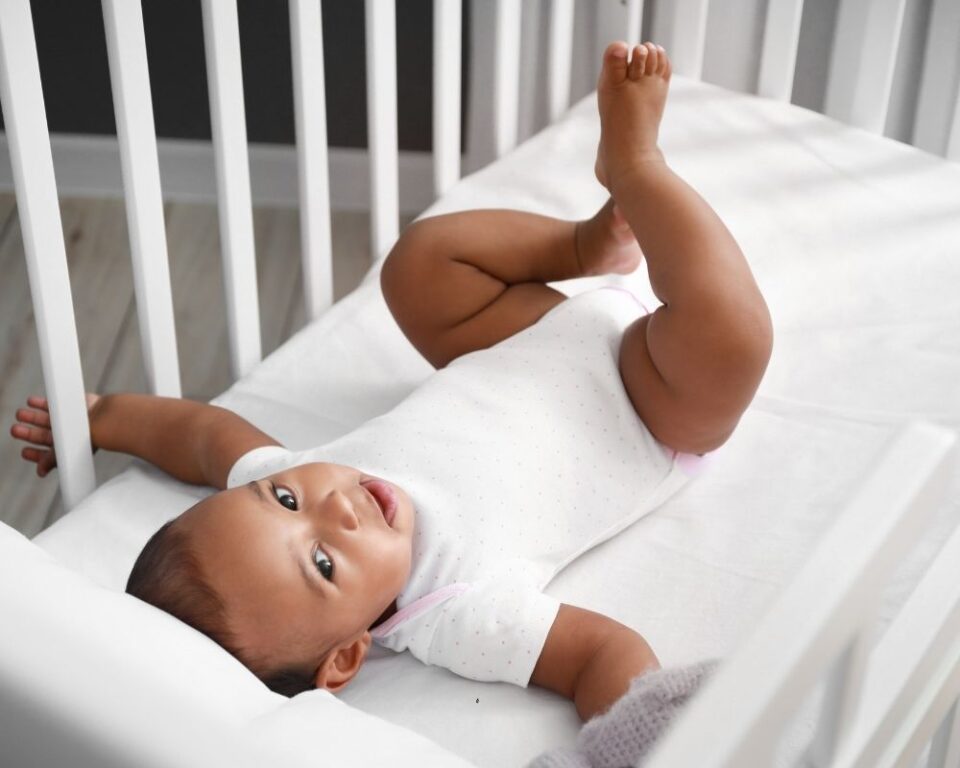
7 Month Old Wake Window + Sample Schedule
A 5-month-old wake window is 2 to 2.5 hours at a time, giving your baby three solid naps. By the time your baby is 7 months old, their wake window stretches to 2.5 to 3.5 hours of awake activity between sleeps. That means that the 7-month-old wake window can be as short as 2.5 hours, but the max wake window for a 7-month-old is 3.5 hours.

Wake Window Guide
A typical 7 month old's nap schedule should allow for 2 - 3 hours of daytime sleep. Expect your baby to take 2 - 3 naps each day. Ideally, the first 2 (or only 2) naps of the day will be at least an hour long. For babies taking 3 naps, the last one is expected to be a shorter power nap of 30 - 45 minutes. Most 7 month old's wake windows are.

How to Wean from Swaddling A Gentle Transition
Follow age-appropriate wake windows. Lahaie Hera says that the best way to determine the best nap times and bedtimes for babies and toddlers is to follow age-appropriate wake-windows: "They are as short as 45 minutes when a baby is first born, increase to 2-2.5 hours by 6 months old, 3-4 hours by 12 months old and 6-plus hours at 2 years old.".
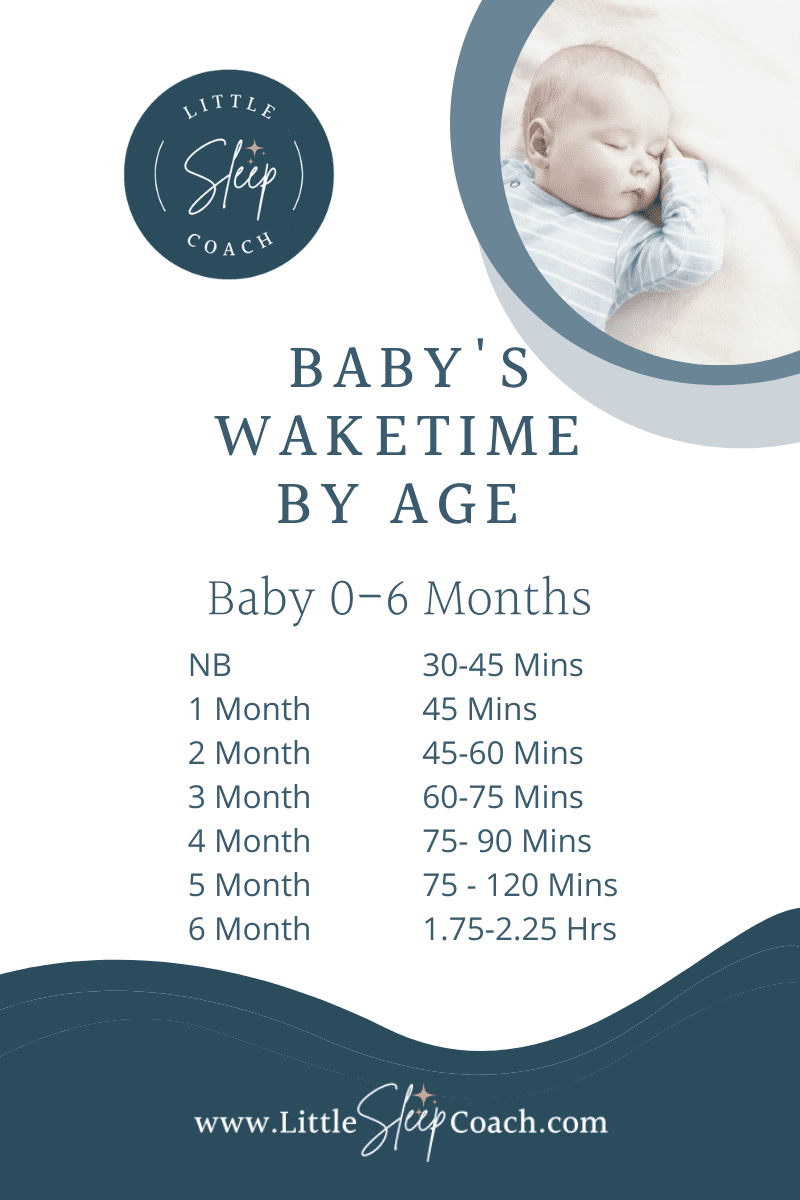
How to use wake windows Little Sleep Coach
For the first 2-3 months after birth, a wake-sleep cycle goes from 2 hours to 3 hours - with the wake times gradually increasing from "just long enough to feed" at birth to an hour or 90 minutes at 3 months old. By six months, those times are still slowly expanding so that a full cycle is about 4-5 hours and awake times are 2.5-3 hours in.
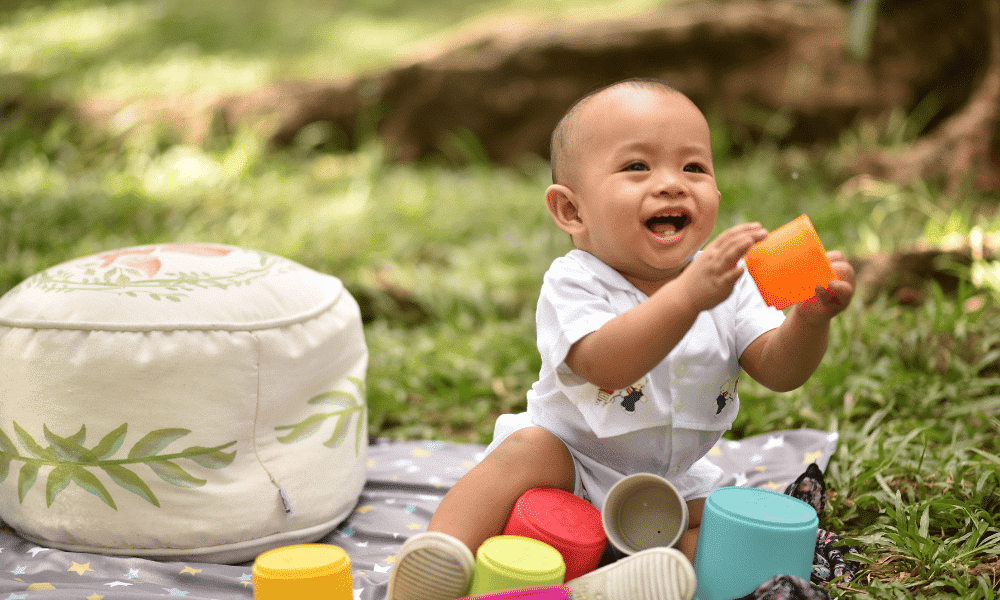
7 Month Wake Windows MyBump2Baby
Figuring out the wake windows for a 7 month old can be tricky, especially considering your baby is sandwiched right in between the 6 month sleep regression and the 8 month sleep regression. Have no fear! This blog post is here to help you figure out the perfect wake windows and create the optimal sleep schedule for your 7 month old.

A Complete Guide To Baby Wake Windows In 2021 Sleep تطبيق I Can T Up Alarm Clock السحري
What are typical 7-month-old wake windows? Wake times for 7-month-olds usually last between 2-3.5 hours long each.. In that time, they'll be feeding, playing, and having tummy time ‒ whatever the day brings!. If naps have started to consolidate (more than one sleep cycle of 45 minutes) ideally, baby's wake window will gradually increase as the day goes on to help with nighttime sleep.
.png)
Wake Windows By Age — Hey, Sleepy Baby
Ideal Wake Window Duration for a 7-Month-Old. For 7-month-olds, the optimal wake window typically ranges from 2.5 to 3.5 hours. However, it's essential to recognize your baby's unique sleep needs and cues, as each baby is different. Some babies may need shorter wake windows, while others can comfortably stay awake for longer periods.